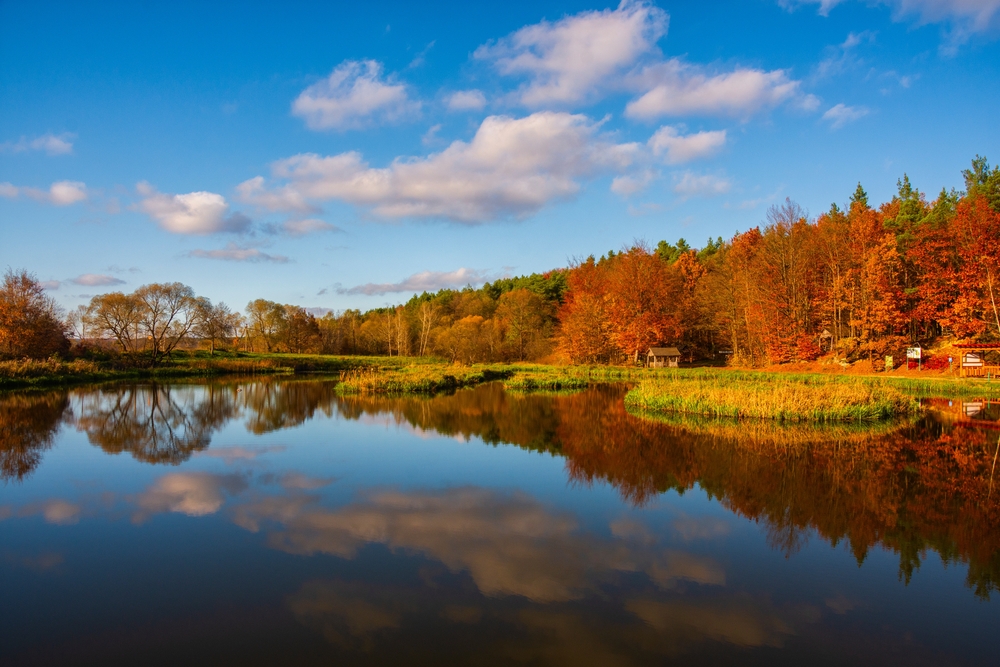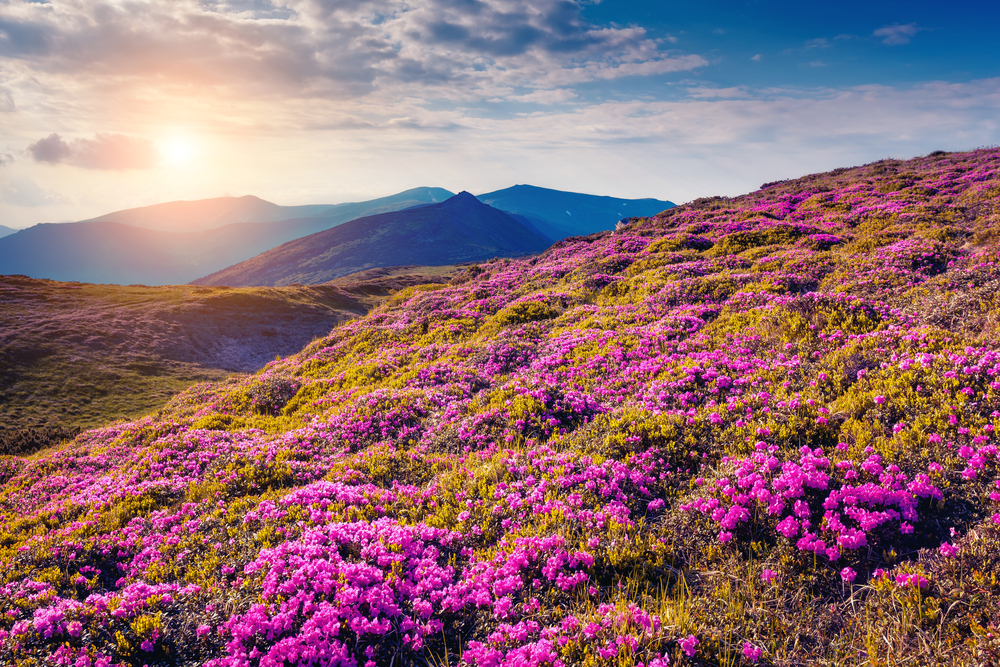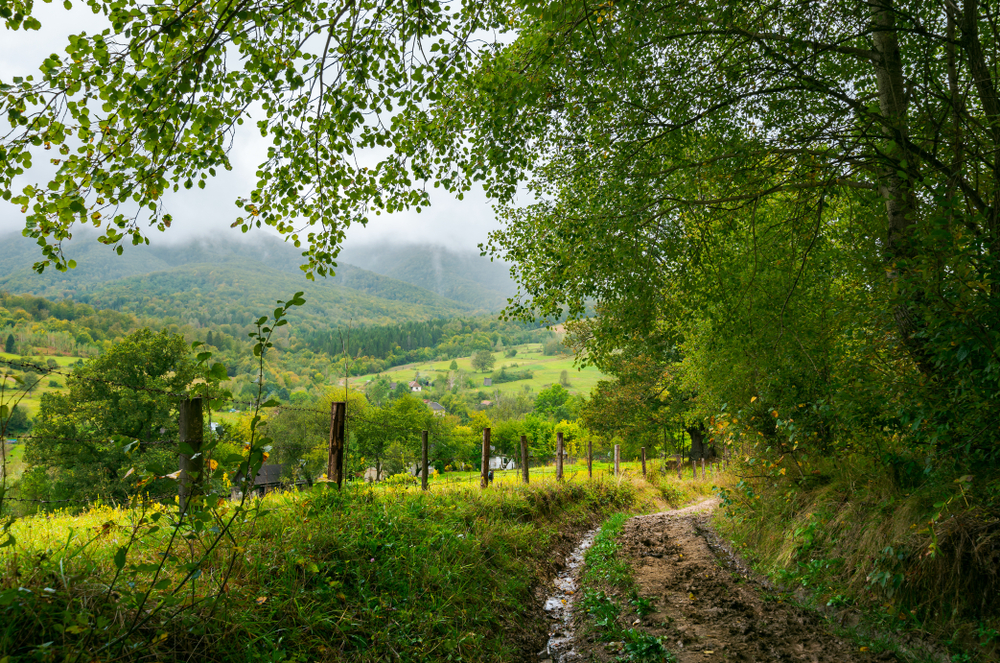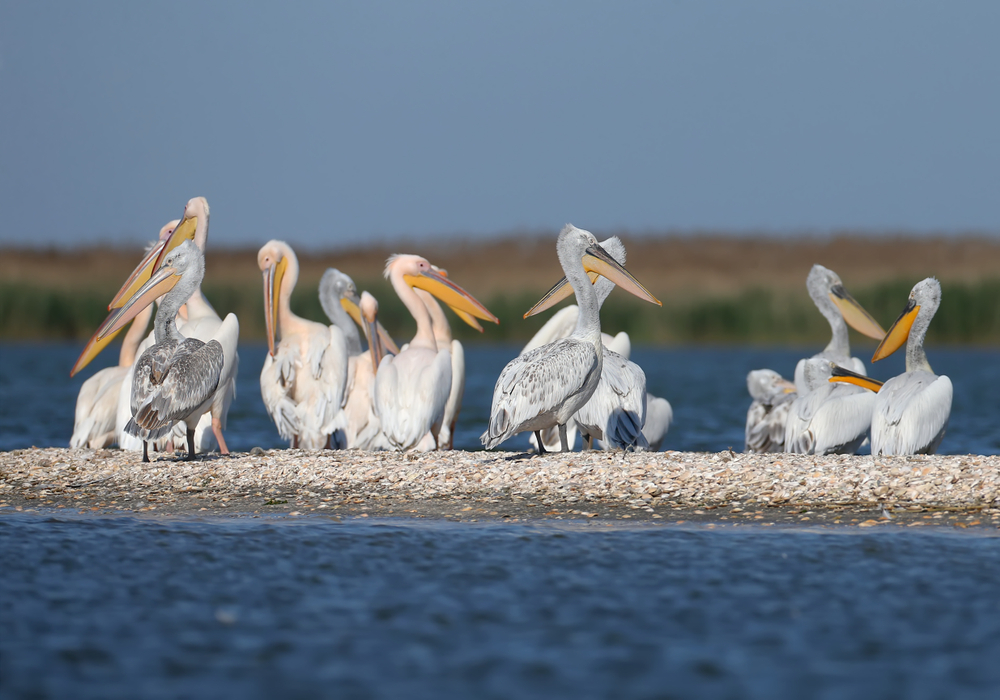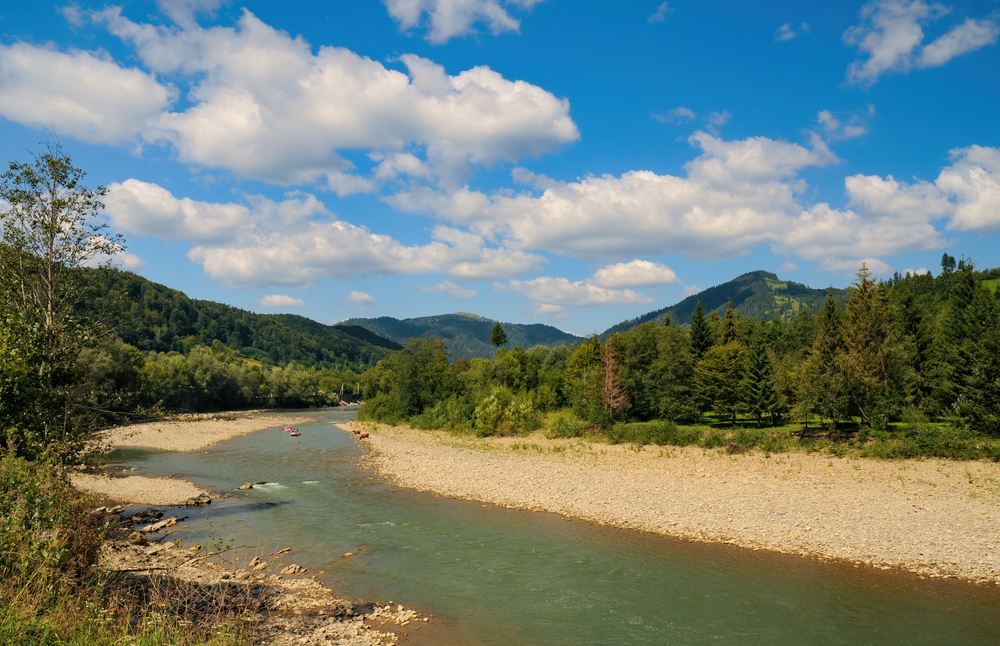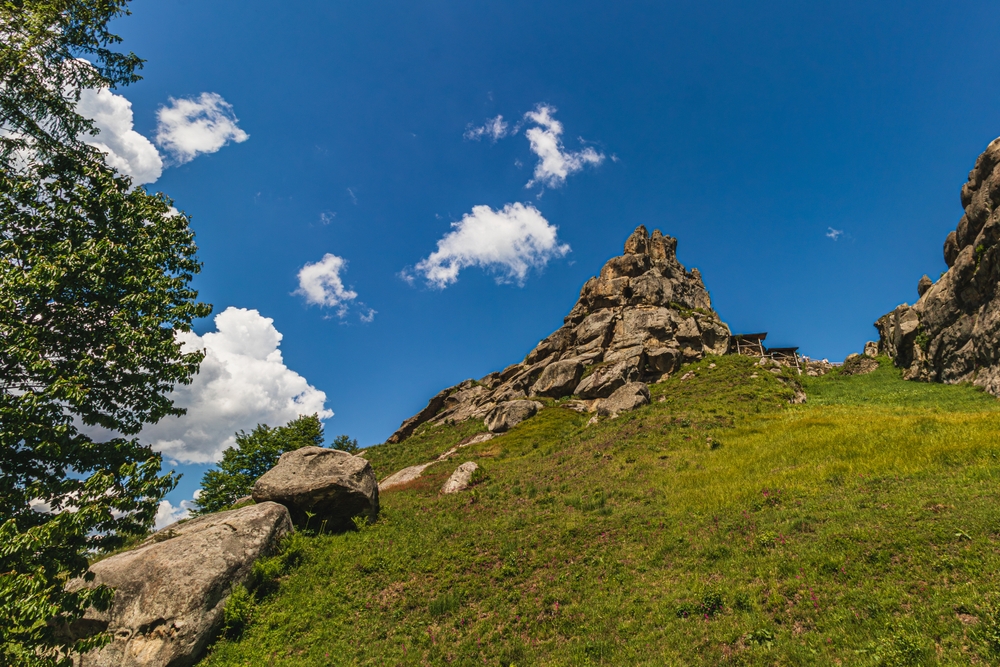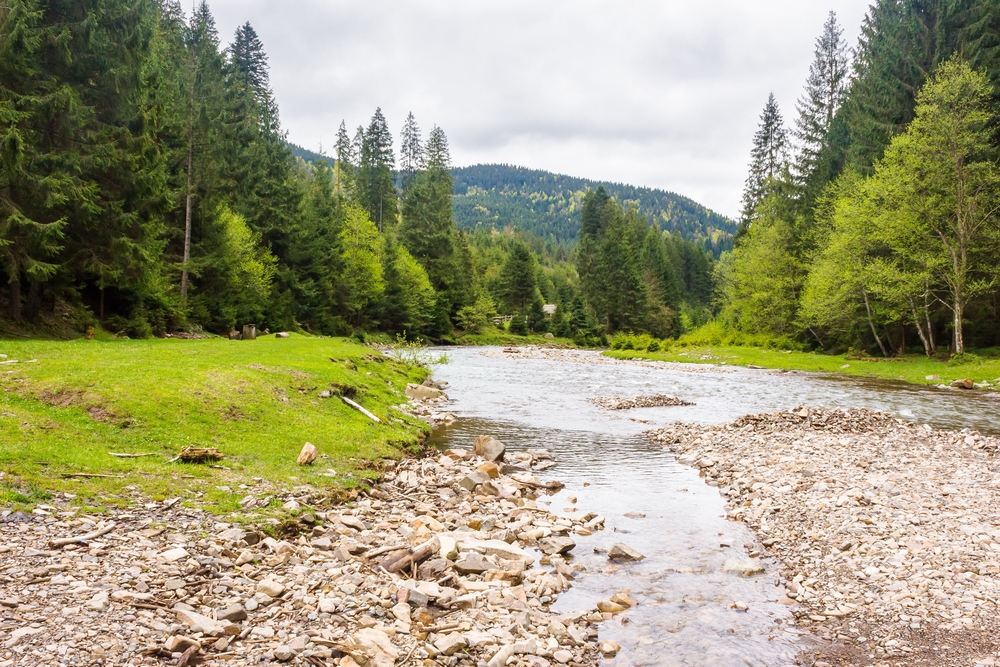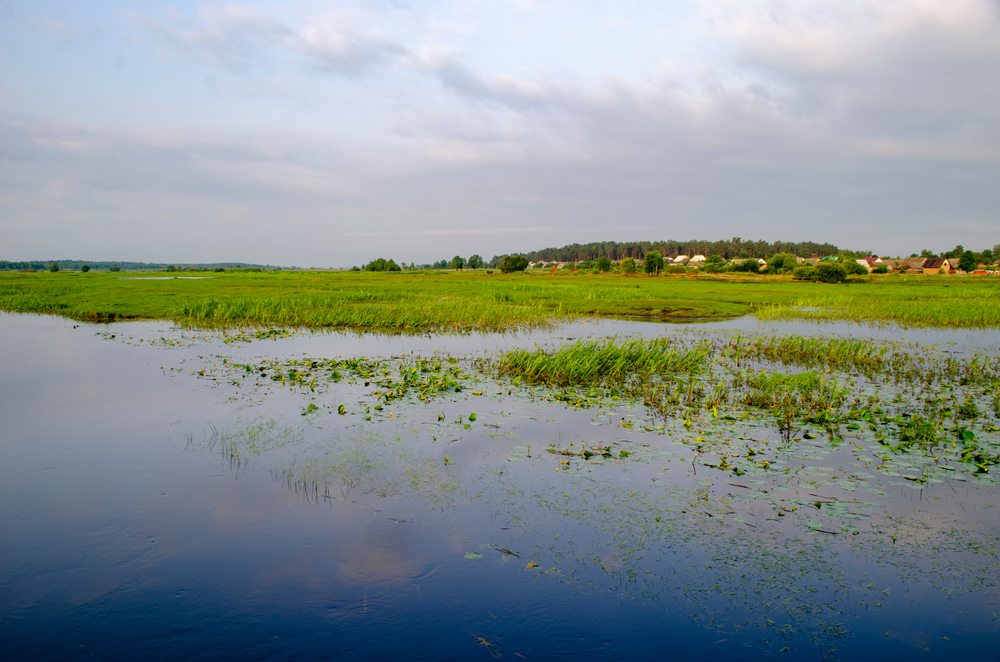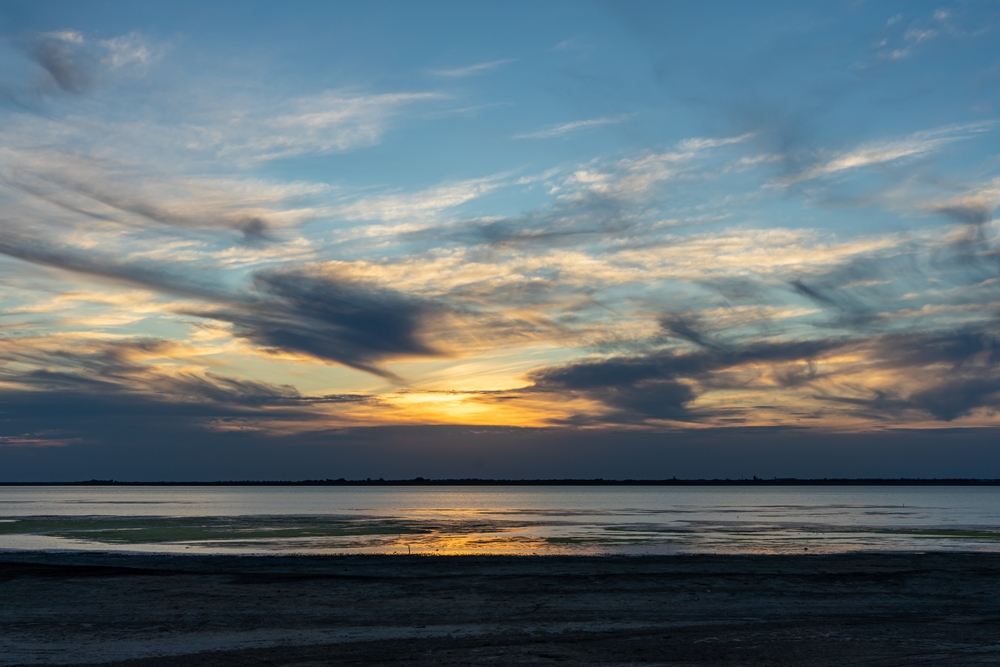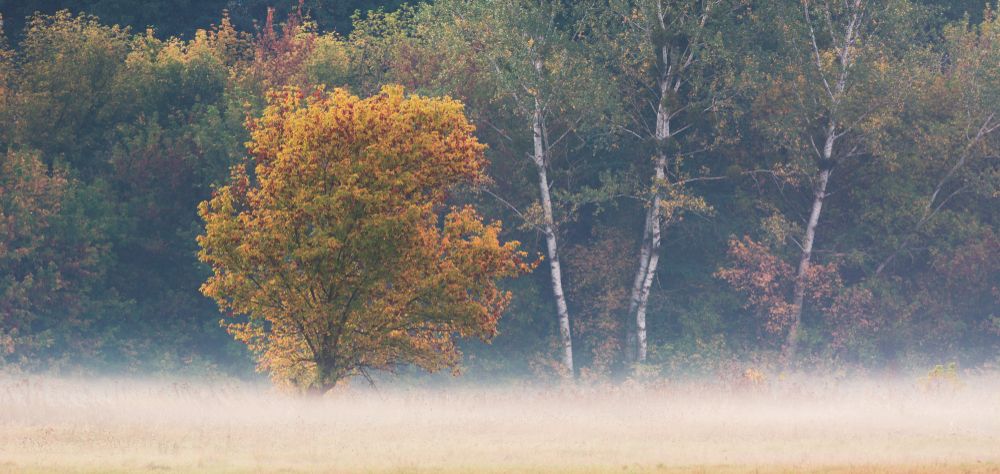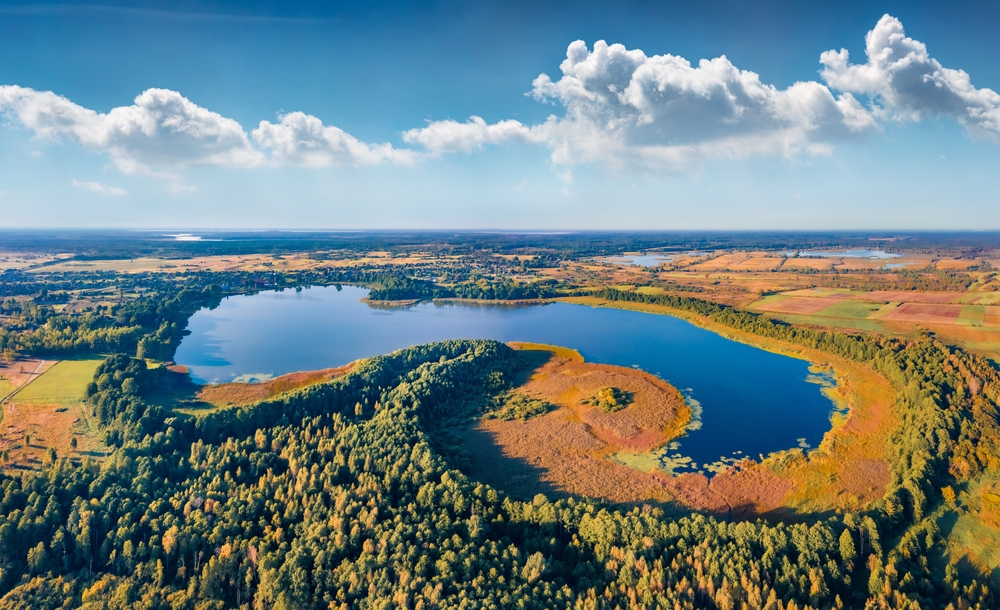Yavorivskyi Overview
Yavorivskyi National Park, located in western Ukraine, spans approximately 27.8 square miles (72 square kilometers) and is a protected area known for its rich biodiversity and scenic landscapes.
The park is situated near the city of Lviv and is part of the Roztochia region, an ecologically significant area characterized by rolling hills, dense forests, and numerous rivers and streams. The park’s terrain consists of gentle slopes, forested ridges, and valleys interspersed with wetlands, creating a diverse and thriving ecosystem.
The landscape is dominated by mixed woodlands of beech, oak, and pine, while patches of meadows and marshlands add to the variety of vegetation. The Vereshchytsia River flows through the park, contributing to its lush greenery and supporting a range of wildlife.
Visitors to Yavorivskyi National Park can expect to encounter a variety of animal species that call the park home. Among the most notable mammals are red deer, roe deer, and wild boars, which roam freely through the forests and grasslands. Smaller mammals, such as foxes, badgers, and hares, are also common sights.
Birdwatchers can enjoy spotting numerous avian species, including woodpeckers, hawks, owls, and the striking black stork, which nests in the park’s secluded wetlands. Amphibians and reptiles, such as frogs, newts, and grass snakes, thrive in the park’s water-rich environments, further adding to the area’s biodiversity.
One of the park’s most popular features is its vast network of hiking and cycling trails, which allow visitors to explore the natural beauty of the region. The trails wind through dense forests and open meadows, offering breathtaking views of the Roztochia landscape.
Along the way, visitors can discover historical and cultural landmarks, including remnants of ancient settlements, wooden churches, and traditional Ukrainian villages that highlight the region’s rich heritage.
The Vereshchytsia River provides opportunities for kayaking and fishing, while picnic areas and designated campsites offer a peaceful retreat in nature. In winter, the park transforms into a snowy wonderland, attracting cross-country skiers who take advantage of the pristine trails.
Conservation efforts in Yavorivskyi National Park have been instrumental in protecting the region’s natural habitats and wildlife. The park plays a crucial role in preserving the unique Roztochia ecosystem, which is part of the European Green Belt, a network of protected areas along the former Iron Curtain.
Environmental education programs, reforestation projects, and efforts to combat illegal logging have helped maintain the park’s ecological integrity. Challenges remain, particularly in managing human impact and ensuring sustainable tourism practices, but ongoing conservation initiatives continue to safeguard the park for future generations.








































































